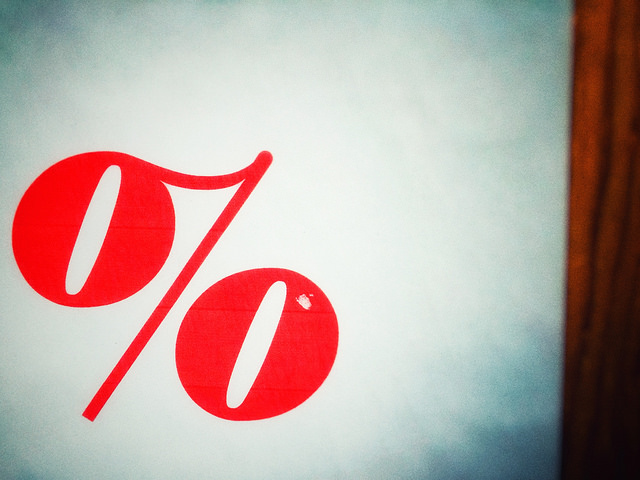Conventional wisdom has it that if you find a home equipped with the latest eco-friendly features it’s going to cost you significantly more than one without. After all, energy-efficiency and green-home technologies have become more popular with prospective home buyers in recent years. But though that’s commonly thought, new research says it’s not necessarily true. In fact, in some markets, homes with eco-friendly features such as solar panels, smart thermostats or bamboo floors don’t sell for much more than the median home price. According to the National Association of Realtors’ consumer website, for example, green homes in the Dallas metro area sell for about four percent more than the median. But in Fort Collins, Colo., there is virtually no difference in home price. Among the reasons for this is the fact that green-home features are becoming more common in markets across the country. While they’re still more prevalent in the South and West, they are becoming increasingly incorporated into homes as buyers recognize the benefits of energy-efficient systems and smart-home technology. More here.













